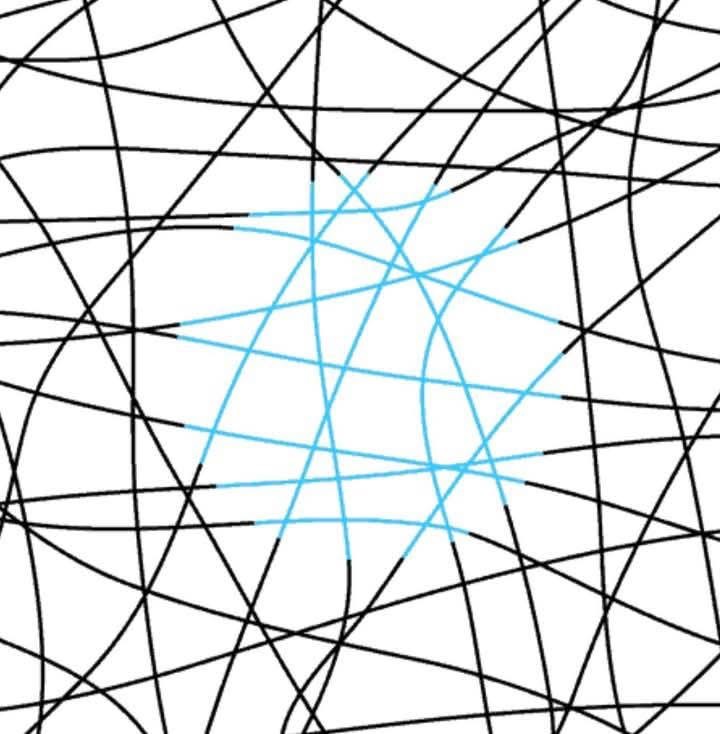This image is a fascinating example of a color assimilation illusion, where our brains perceive subtle shifts in hue due to surrounding elements. The white areas near the cyan lines appear faintly blue, even though they are the same as those near the black lines. This phenomenon aligns with how our perception is shaped by context—a concept that resonates deeply with Japanese philosophies like wabi-sabi, mono no aware, and kaizen.
From a wabi-sabi perspective, this illusion highlights the beauty of imperfection and transience. Just as our minds unconsciously alter color perception based on surrounding elements, life itself is ever-shifting, shaped by context and experiences. Embracing this impermanence allows us to find beauty in the ephemeral nature of things rather than seeking absolute truths.
Mono no aware, the appreciation of the fleeting nature of life, also connects to this illusion. The subtle color change isn’t static—it emerges as we observe the image, shifting based on how we focus our attention. This mirrors how emotions and experiences color our perceptions, reminding us that reality is often subjective.
Finally, kaizen, the philosophy of continuous improvement, can be seen in how our understanding of illusions evolves. Initially, one may not notice the color shift, but with awareness, perception sharpens. This aligns with the idea that through practice and gradual refinement, our ability to notice and appreciate subtle details grows. In design, art, and life, small adjustments in perspective can create meaningful change.
This image is more than an optical trick—it’s a metaphor for perception, change, and context, beautifully aligning with Japanese philosophies that encourage us to embrace fluidity, mindfulness, and the interplay between what is seen and what is felt.


Leave a Reply